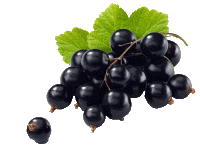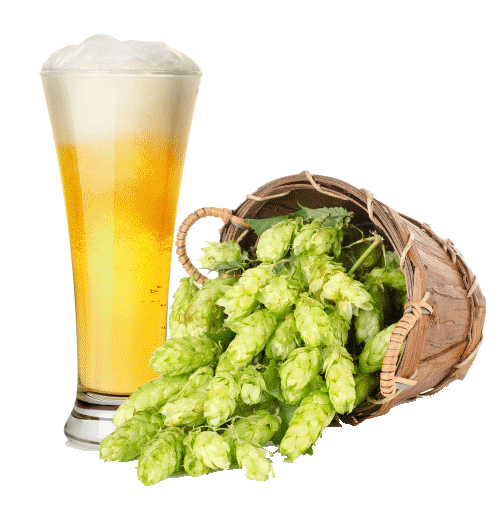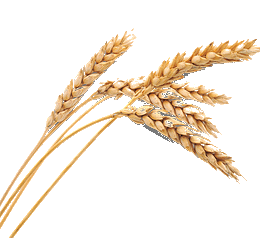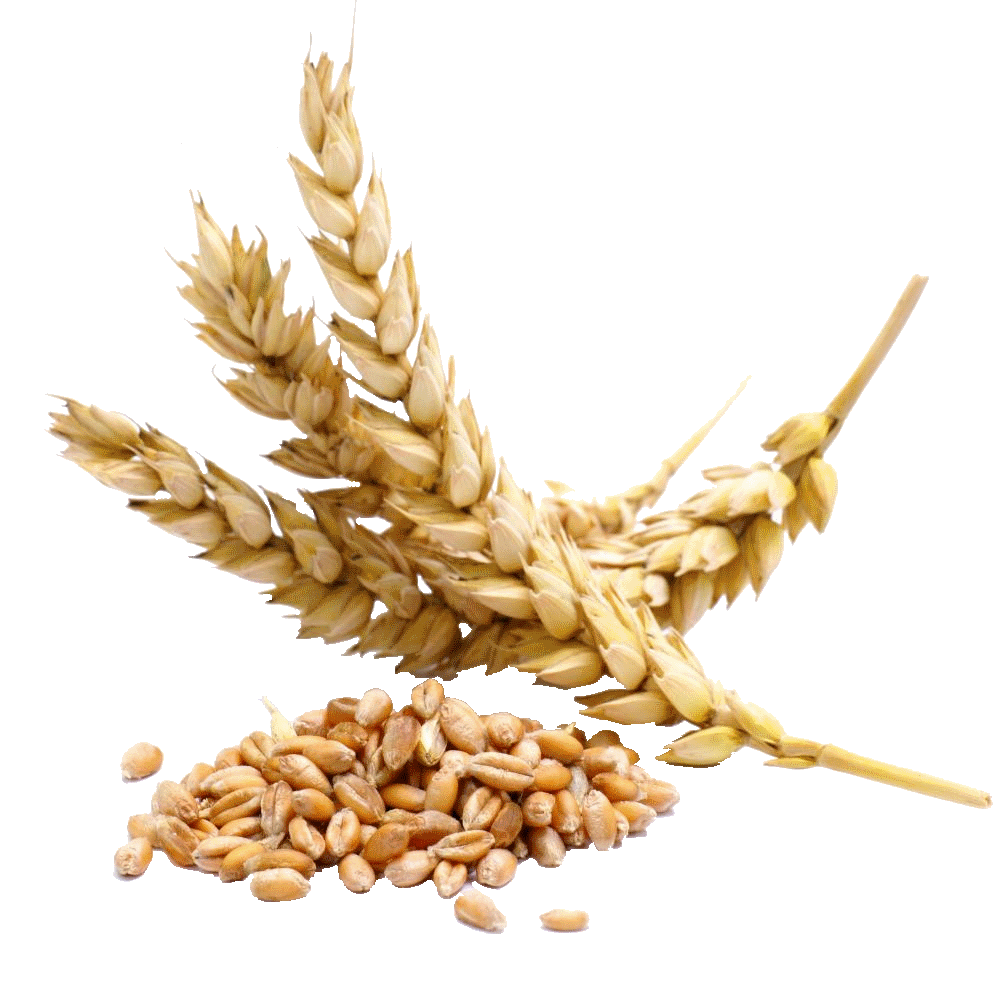
Still Spirits Infusion Basket
$22.95

Still Spirits Air Still Infusion Basket
We are pleased to introduce our latest product addition in the Still
Spirits Range, the Air Still Infusement Basket. This stainless steel basket is suitable to infuse vodka with botanicals, lemon or orange peel, cinnamon sticks, chili or other flavouring ingredients. The item is easy to attach by simply clipping it into the inside of the Air Still lid.
How To Make Distilled Water Using The Air Still
Before use, clean the inside of the Air Still and fill it with clean water to the 4L line which is marked on the inside. Make sure that no water is spilt on the outside of the body and ensure that both electrical sockets are clean and dry.
Step 1 – Fill
Fit the top cover of the still in place and plug fan lead into the socket in the still body.
Fill the Air Still with water up to the 4L mark.
Step 2 – Distil
Place a 4L collection jug under the outlet nozzle.
Press the reset button on the base of the still.
Clip the nozzle onto the still head. This is required to ensure the water flows directly into your collection jug.
Fit the top cover of the still in place and plug the fan lead into the socket in the still body. Place the collection jug under the outlet nozzle.
Connect the main power cord between the still and the mains power socket and turn on the mains power switch. You’ll hear the fan in the top cover start immediately.
It will take about 1.5 hours fo the water to heat up. Once distillation starts, water will begin to drip slowly into the collection jug. This still will take about 10 hours to distil the 4L of water.
The power supply reset will switch off automatically when the distillation has completed. You will need to press the reset button on the base before your next use.
Step 3 – Filter & Flavour
After distillation the water needs to be polished which is achieved by filtering the distilled water through the Air Still Carbon Filter System, or other chosen carbon filtration.
Fit the carbon cartridge to the top of the filter piece taking care to ensure the foam washers are fitted between the filter and both ends of the cartridge.
Place the top filter piece with filter attached on the top of the filter container.
Pour water into the top filter piece and top up as necessary.
Note: After distilling you need to filter through a carbon cartridge filter. Change the cartridge after batch. Replace polyethylene washers when they are flattened and no longer recover.
Flavour if you wish, with simply a lemon or lime wedge or with a spirit essence (some may appear cloudy depending on the flavour used).
Still Spirits Air Still - Making Distilled Water


Apple Cider Recipe

APPLE/PEAR CIDER
-
5 Litre Jar
-
Airlock
-
Bung
-
Steriliser
-
Yeast
-
Pectinase
-
Yeast Nutrient
-
Campden Tablets
Crush apples and extract the juice.
To each 5 litres of juice, add two crushed Campden Tablets and let stand for 12 hours to kill the wild yeasts.
Add 1 teaspoonful each of pectic enzyme and yeast nutrient per 5 litres, plus some wine yeast.
Fit an air lock and allow to ferment right out.
At this point bubbling will cease through the air lock and the hydrometer will show a reading of 1000
Leave to stand for a further two days to clear, then bottle with one teaspoonful of sugar to each 750ml bottle.
The cider will be ready to drink in 3 - 4 weeks, but will be much better if left for 3 - 6 months.
Essential Oils & Fragrant Oils

INSTRUCTIONS FOR DISTILLED WATER & ESSENTIAL AND FRAGANT OILS
A. Water
One of the simplest methods to produce clear, pure water is by distillation. One great advantage is that no .
chemicals are used and the wafer tastes great.
a) Fill the boiler to within 50mm of the top and start heating.
b) When boiling commences (sea water and muddy waters will take longer to boil), fit the lid, position the condenser outlet over a collecting jar and start running cooling water through the condenser.
NB: The cooling water can be straight sea water or even dirty river water. The distilled water will not be
contaminated as it is kept quite separate in a stainless steel tube.
c) When you have collected 75% of the original volume, stop distilling and discard the remaining water.
The water produced will be free of bacteria, viruses etc and all chemicals.
B. Essential and Fragrant Oils
Most any aromatic vegetable material can be used to produce fragrant waters and oils. Most common are flowers, leaves and some woods. Oil or fragrances can be most extracted by soaking (steeping) the material in water but the distillation of this water or of the material directly gives more concentrated oils.
Although commercial production frequently involves heat pressing and solvent extraction we suggest that only water be used for safety sake.
Typical plants used for oil extraction include the following:
Herbs Flowers Leaves Fruit/Berries Wood
Thyme Rose Eucalypt Citrus Peel Eucalypt
Mint Lavender Catnip Macrocarpa
Rosemary Citrus Lemongrass Sandalwood
In general the plant material is finely shredded (wood), mulched (peel) or crushed (flowers) and allowed to stand in water overnight and the watery mash distilled the next day. One third of the original water volume is collected and then further processed by redistilling (combined batches) or separation of the milky distillate by freezing or solvent extraction.
Mash Distillation Example
Take: 3kg Orange flowers 1.5kg Orange Peel 9 Litres water Crush flowers and peel and soak overnight.
Distill and collect 4 litres.
Option
a) Stand distillate in tall narrow necked bottles and gradually the orange oil will accumulate at the top.
b) Add the four litres of distillate to another batch of mash and re-distill. This will give a double concentration of oil in the distillate.
c) Thoroughly mix with a solvent (200m1 of propanol) and allow to stand and separate.
d) Freeze distillate and filter off ice leaving the oil fraction.
Another option is to steam distil. (Most suitable for air dried leaves and woods).
Add 5 litres of water to the distilling pot and suspend a wire basket of fragrant material above the water. Boil the water and the steam will carry fragrances across to the condensing unit.
These recipes are based on methods used over 100 years ago and are just as practical today.












